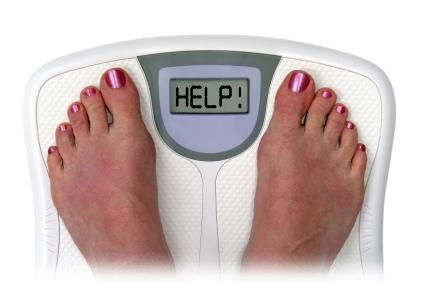How Pain Medicine Can Affect Your Health
Pain medicine is crucial to the management of many conditions. In fact, pain control is one of the most important therapeutic priorities. Constant or intermittent, sharp or dull, pain accompanies many medical conditions such as cancer, hypertension and even pregnancy. Pain may be localized to one area of the body, such as the back, arms, abdomen or head, or it may be generalized all over the body. Duration of pain may be acute and span only a few hours, or it may be chronic and last for years. Pain can arise independently of any obvious predisposing cause. Even more mysteriously, pain may persist long after the precipitating injury has healed, such as in the case of phantom limb pain after the limb has been removed. Obviously then, pain medicine is necessary. However, drugs that fight pain also inflict certain side effects.
Major Pain Medicine ClassesAmong the more familiar pain medicines are those collectively known as nonsteroidal anti-inflammatory drugs (NSAIDs), such as aspirin and paracetamol. NSAIDs modify the inflammatory reaction of the body, swelling, redness, fever and debilitating pain that occur in response to injury and when your body attempts to heal itself. Hence, this class of pain medicine is effective in arthritis, bursitis, pain of muscular and vascular origin, toothache, and even in conditions as grave as cancer metastases in bone.
In chronic pain and end-of-life care, more potent pain medicine is needed. These are the morphine-based drugs. Derived from opium, such drugs produce euphoria (an all-embracing sense of contentment and well-being) and analgesia to the point of knocking you unconscious. Such pain medicine is effective in most kinds of acute and chronic pain, such as severe burns and tissue injury, widespread inflammation or tumor growth.
When Pain Medicine Impairs HealthThe NSAIDs are known to cause gastric disturbances, such as dyspepsia, nausea and vomiting. Used constantly, such pain medicine damages the gastric mucosa (the lining of your stomach), leading to increased risk of ulcers and outright hemorrhage. This damage is caused by NSAID action on prostaglandin, the chemical signaler of pain. However, prostaglandin also functions to protect the gastric mucosa.
NSAIDs cause skin reactions, such as rashes, urticaria (the red raised bumps of hives) and photosensitivity. Continued high doses of NSAIDs also lead to renal insufficiency (albeit reversible) and often irreversible damage to the liver. In some cases, NSAIDs may lead to bone marrow depression and bronchospasm for asthmatics.
Morphine-like drugs, on the other hand, may lead to sedation, respiratory depression, constipation, nausea and vomiting, itching, convulsions and irritation at the injection site. Your nervous system also builds up tolerance to narcotics and therefore requires ever-increasing doses. In the face of chronic pain due to a dread disease and terminal illness, drug dependence is a real risk.
Taking pain medicine is comparable to choosing the lesser of two evils. While eliminating the discomfort of pain is desirable, organ failure and damage to the skin can be a high price to pay.
-
5 Fat-Burning Herbs & Spices
There are a plethora of weight loss pills, shakes and s
-
The Fat Loss 4 Idiots Scam: You Decide
Lets deal with it, the vast majority of society is overweight and m
-
Safe Rapid Weight Loss Tips
A lot of people who want to lose weight just stop eating food. Whi
-
Amazing Weight Loss Pills!
Amazing weight loss pills: Are they real
-
Treadmill Weight Loss Workouts To Build A Leaner Healthy And Fit Body
Treadmill weight loss is one of the more successful methods of losing
-
Hypothyroidism, Hashimoto’s thyroiditis link to rheumatoid arthritis and increased depression symptoms
Hypothyroidism and Hashimoto’s thyroiditis is linked to rheuma
- DON'T MISS
- Burn Fat Not Sugar
- Hybrid Hype and a Small Price Hike
- Weight Loss Advice That Really Works
- How to Lose Weight After Pregnancy – 12 Easy Tips
- Ways to Reduce Fats Effortlessly And Efficiently
- Losing Weight Naturally – The Truth About Calories…
- Weight Loss Motivation How To Find It And Keep It
- HCG Diet Plan - How The HCG Diet Became The Popular Weight Loss Program It Is Right Now
- 3 Lifestyle Changes For Weight Loss
- Weight Loss Adds Every Where




